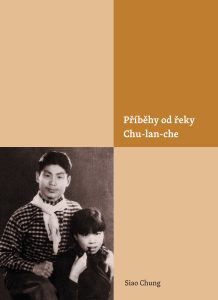
Siao Chung
In “Stories from the Hulan River,” Chinese prose writer Xiao Hong (1911–1942) returns to the time of her childhood, which she spent in the town of Hulan in northeastern China. Xiao Hong died at the age of only thirty-one, but during her short life, she managed to write a number of remarkable works, and her writing represents one of the pinnacles of modern Chinese literature in the first half of the 20th century. “Stories from the Hulan River” is a captivating return to the world of childhood, which has already succumbed to the effects of time, a painful memory of people who are no longer there. The perceptive and enchanted view of a child is just one of the many voices that the writer lets resonate in her lyrical prose. Among the key elements of the meaning-making structure of the work are the omnipresent motifs of loneliness, callousness, illness, and death. The literary time-space of the writer’s childhood is endowed with a number of meanings and connotations. The narrative uses the symbolism of vertical and horizontal spatial divisions, the opposition of near and far, known and unknown, inner and outer. The passage of time is determined by the alternation of light and dark, day and night, the sequence of seasons. The shapes and faces of the world are modeled by the subjective perception and experience of the child protagonist. The highly literary image of the world seen through the eyes of a child also offers an extraordinarily interesting excursion into the world of traditional Chinese customs, festivals, folk entertainments, and religious practices.
